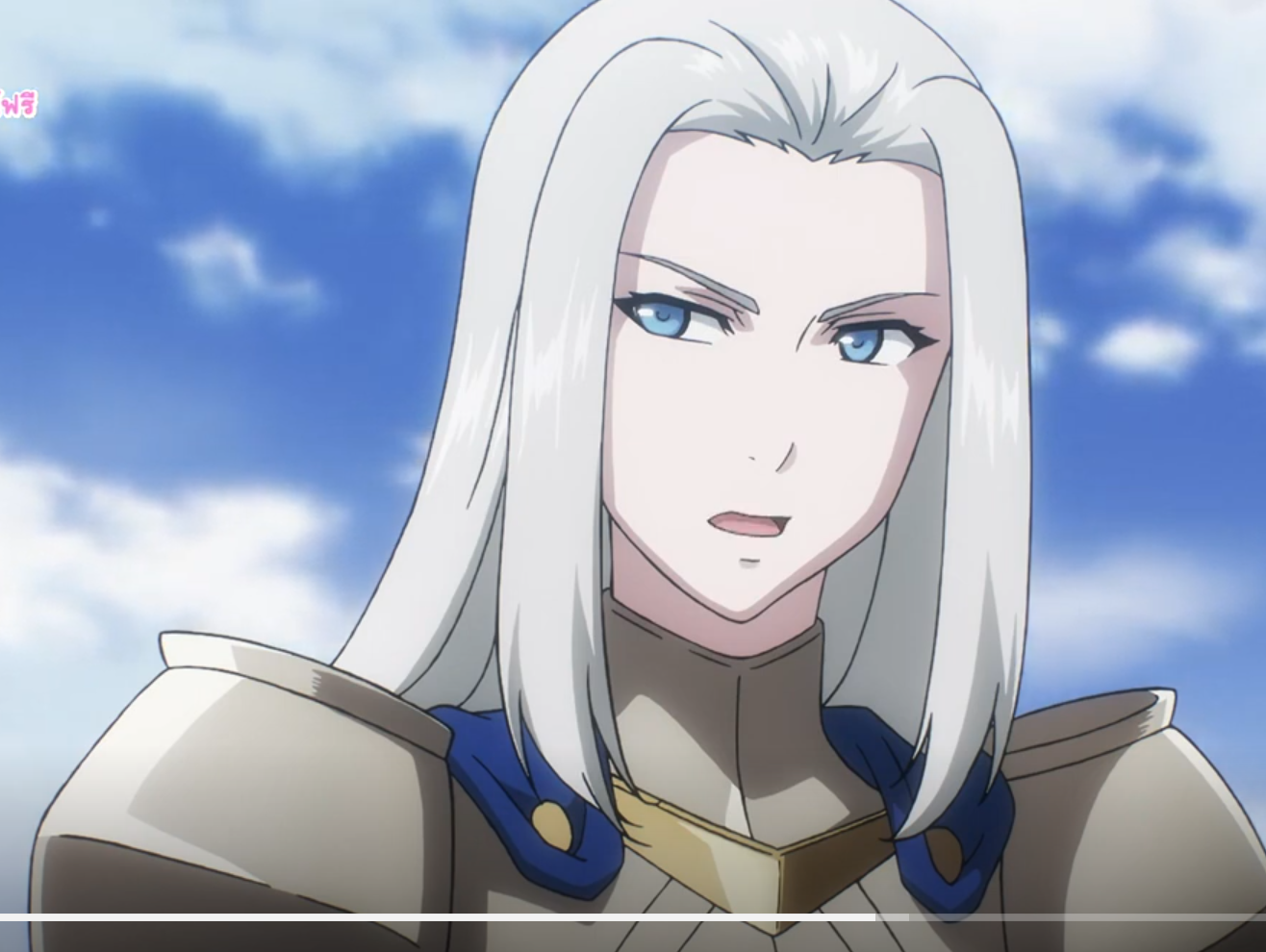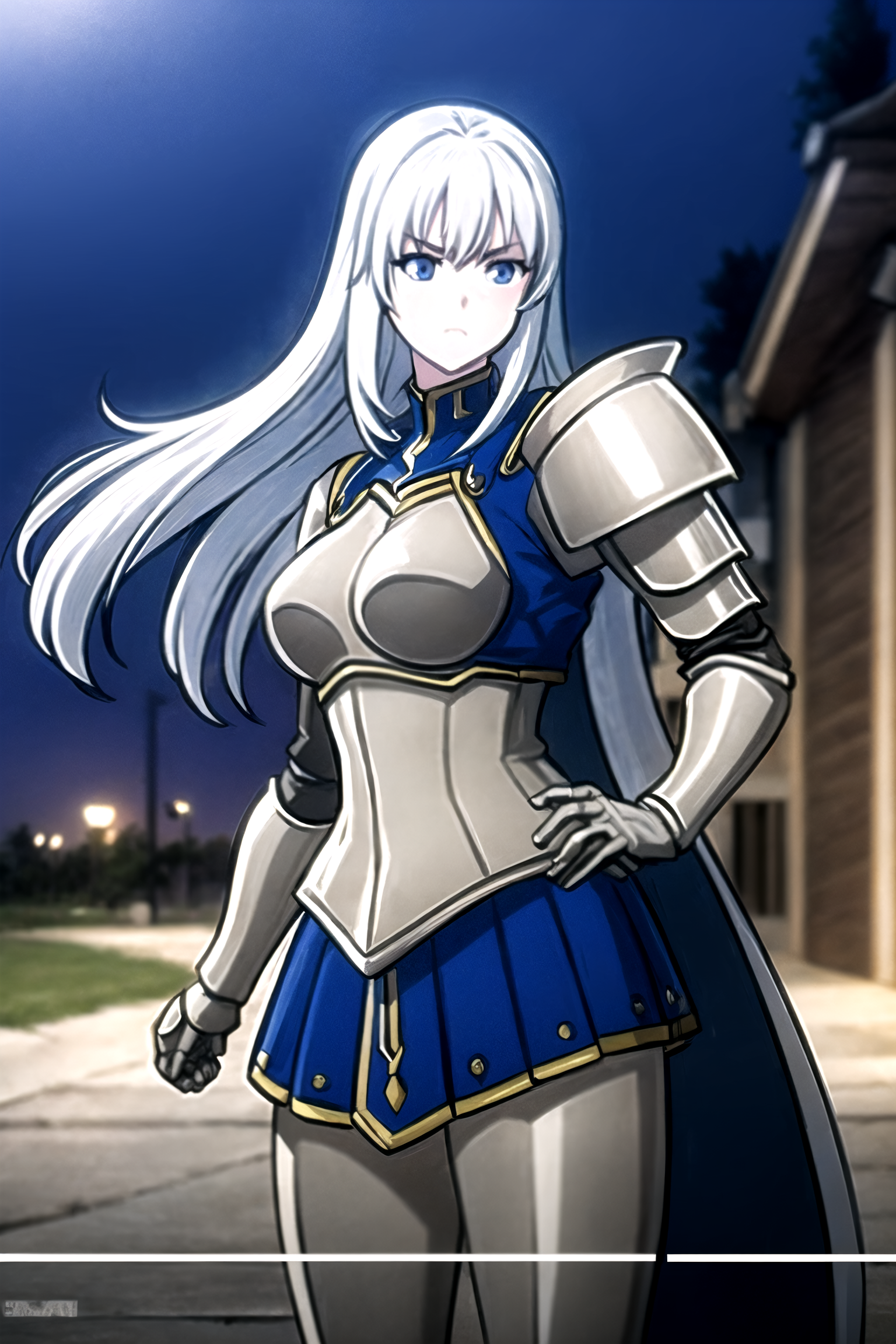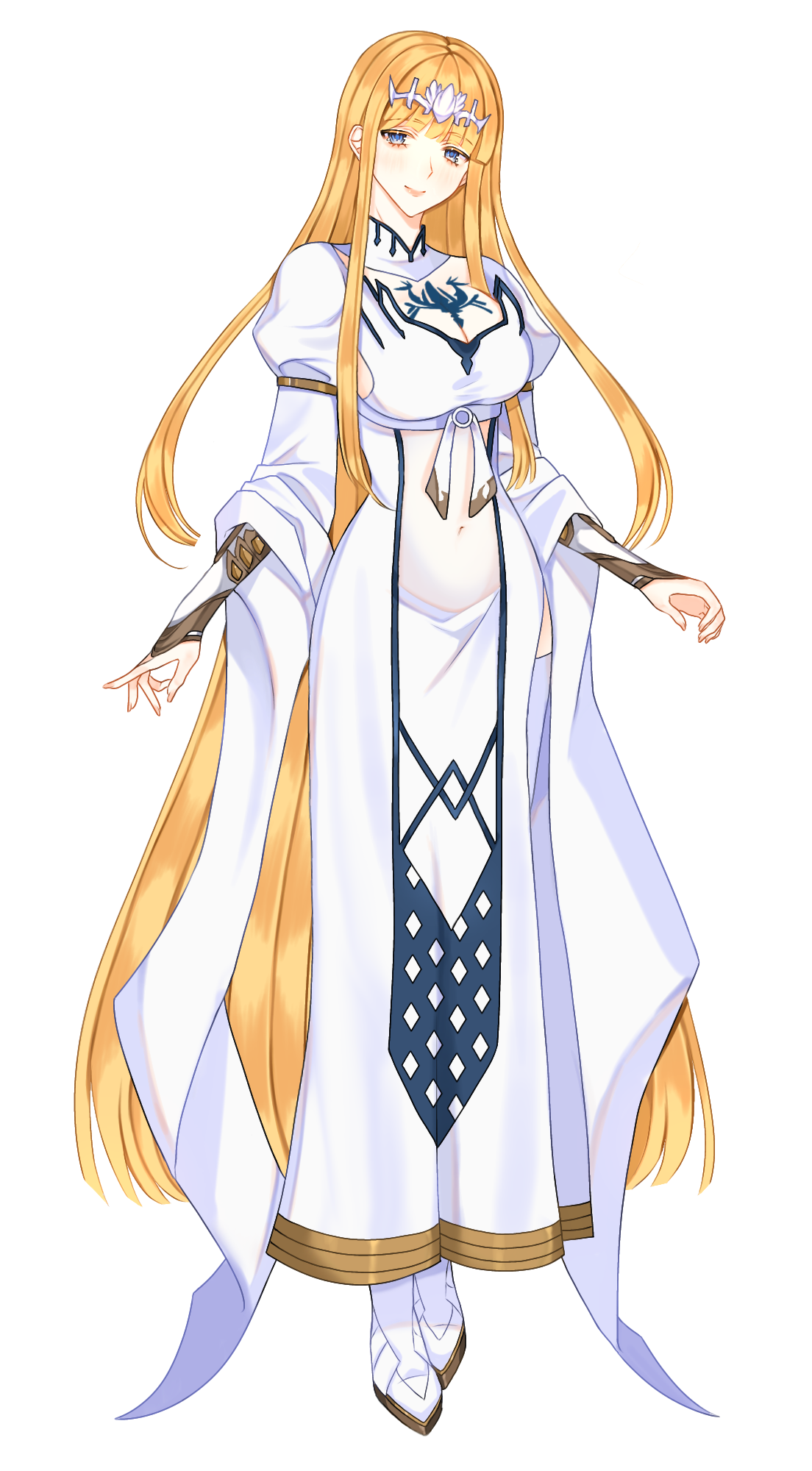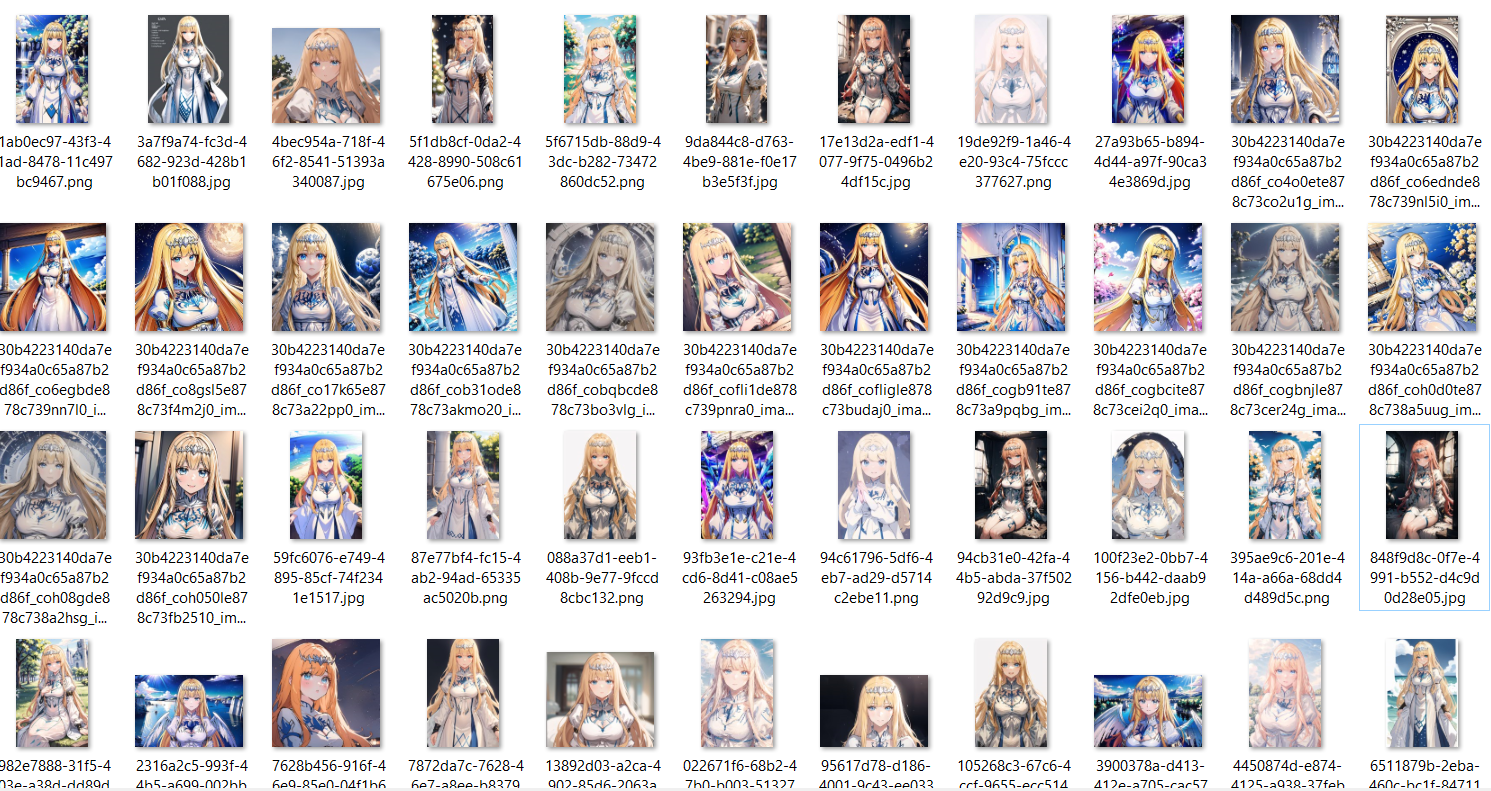In the world of artificial intelligence, particularly in training models using Low-Rank Adaptation (LoRA), the quality and integrity of the dataset play a pivotal role. This is especially true when dealing with specialized domains such as anime characters, where aesthetic and stylistic nuances are crucial.
Here, we explore the importance of retouching and cleansing image datasets before using them in the LoRA training process, just for the beginner.
Ensuring Data Quality
Anime characters are often depicted with a high degree of stylistic consistency. The dataset must be impeccable to train an AI model that can accurately generate or recognize these characters. Raw image datasets frequently contain noise, irrelevant details, and inconsistencies that can confuse the model. Retouching images involves enhancing the quality, removing noise, and correcting any visual imperfections, ensuring each image meets a high standard. This step is essential to avoid training the model on flawed representations, which could lead to poor performance.

===================== Here is an example data set that I'm too lazy to spend my time retouching (In this case, Scama from Overlord is one of an anime characters that has limited fanart pictures) ====================

========================== Here is the result I obtained when generating the image using my trained LoRA (This problem can be solved by using the negative prompt, but sometimes it is not accurate) ==========================
So......Don't be Lazy to Clean Your Data in the First Place!!!! :P
Removing Irrelevant Data
Datasets often include images that, while related, do not serve the training purpose. For example, background scenes, side characters, or promotional art with different artistic directions can dilute the learning process. Cleansing the dataset involves filtering out these irrelevant images, and ensuring that the model is trained only on relevant data. This specificity allows the AI to develop a deeper and more precise understanding of the main characters and their typical representations.

========================== Here is a good example of a training dataset with only simple background ==========================
Enhancing Feature Recognition
Anime characters are defined by distinct features such as eye shapes, hairstyles, and clothing details. Retouching images to highlight these features can significantly improve the model’s ability to recognize and reproduce them. Techniques such as adjusting contrast, sharpening details, and standardizing colors ensure that these defining characteristics are prominent in the training data, aiding the model in learning what makes each character unique. However, in the case of reference image scarcity, going back to the basics by commissioning a human artist may needed.

=================== At the beginning stage of creating LoRA for my favorite waifu that has just a single digit of a low-sized fanart image, I decided to spend my money to get some of her image references in a good quality resolution. And that helped me a lot when A.I. gradually drew the details of my character more accurately ===================
Artist name: พิมพ์วิมล เจิมมงคล
Avoiding Bias and Redundancy
Datasets can inadvertently introduce bias if certain character poses, expressions, or angles are overrepresented. Cleansing the dataset involves ensuring a balanced representation of various aspects of the characters, preventing the model from becoming biased towards specific images. Additionally, removing redundant images that do not add new information helps in optimizing the training process, making it more efficient and effective.

=================== Although I'm still lazy in terms of data cleansing, at least, in the process of training the SDXL model of Calca, I have spent some extra effort to select 100+ reference images carefully, especially the difference in style & her expression despite a dominant in upper body portrait ===================
Conclusion
In the AI training process, particularly with specialized applications like anime character generation or recognition using LoRA, the importance of retouching and cleansing the image dataset cannot be overstated.
High-quality, consistent, and relevant data are the cornerstones of successful AI model training. By investing time in retouching and cleansing datasets, developers can ensure that their AI models achieve high accuracy and produce results that meet the aesthetic and stylistic standards expected in the anime domain.



